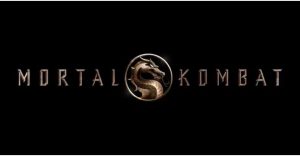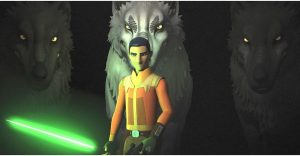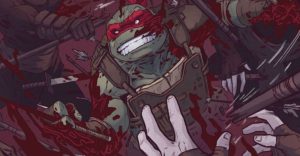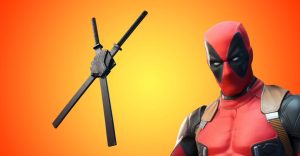N: The Book That Inspired Stephen King’s Novella (It Wasn’t Lovecraft)

Master of literary horror Stephen King wrote the 2008 novella “N.”, which is rumored to have been inspired by the works of H.P. Lovecraft but this is a fallacy. Both writers have made a substantial mark on the genre but are entirely separate in their tonality and inspirations. While “N.” contains elements familiar to Lovecraftian horror, it was in no way influenced by the early 20th century author.
The novella follows Sheila as she investigates the death of her brother, Johnny. He was a psychiatrist who committed suicide, she suspects he was influenced to take his own life by a patient known as N. who suffered with obsessive-compulsive disorder and paranoid delusions. As the story progresses, Sheila uncovers a doorway between realities where a monstrous being named Cthun resides. If seven stones appear in the location of the barrier, the beast will break into the realm of the living to wreak havoc on the world. The similarities between Cthun and the dark depths it dwells in relate heavily to Lovecraft’s most popular god-like creature, Cthulhu.
The creature in “N.” named Cthun appears to be a shortened and slightly altered version of the name Cthulhu. Furthermore, both creatures are described in god-like terms. Cthun lives in-between worlds but dwells in the darkest corners of the mysterious plane of existence and non-existence. Cthulhu lives in the sunken city of R’lyeh beneath the Pacific Ocean. These creatures live in undisturbed surroundings and only appear when humanity disrupts their slumber. Regardless of their similarities, King is adamant about the inspiration behind “N.” being from Arthur Machen’s “The Great God Pan”.
Arthur Machen’s Inspiration On “N.”

Arthur Machen’s 1894 horror novella, “The Great God Pan”, follows the story of the possible existence of the devil and the transformation of human to beast. It primarily focuses on the character Clarke who witnesses Dr. Raymond’s strange experiment that he hopes will open the human mind to reveal the spiritual world and ancient gods. He performs the surgery on a woman named Mary who, by the end of the novella, delivers a baby who is fathered by the god known as Pan. Both King and Machen’s novellas highlight the idea of an ancient god who attempts to break through to the realm of the living, except Pan does so through impregnating Mary, similar to the film Rosemary’s Baby (1968).
It is difficult to find many similarities between the work of Machen and King. They primarily resemble each other in their use of doctors, ancient gods, and barriers between worlds. “The Great God Pan” influenced many horror writers including H.P. Lovecraft, which may be the reason that King’s novella is assumed to be influenced by him. King emphasizes the use of mental disorders in a way that is similar to Machen’s as well as the focal character being a woman. The contemporary horror author has stated that he does not believe his novella can’t even compare to “The Great God Pan”, but he utilized specific elements of the story to create “N.”
Ultimately, the rumors that King was influenced by H.P. Lovecraft in writing “N.” are not true. However, the fact remains that they have similarities. This is primarily due to the fact that both Stephen King and Lovecraft took influence from Arthur Machen’s “The Great God Pan” when they created their monstrous creatures.
About The Author

















